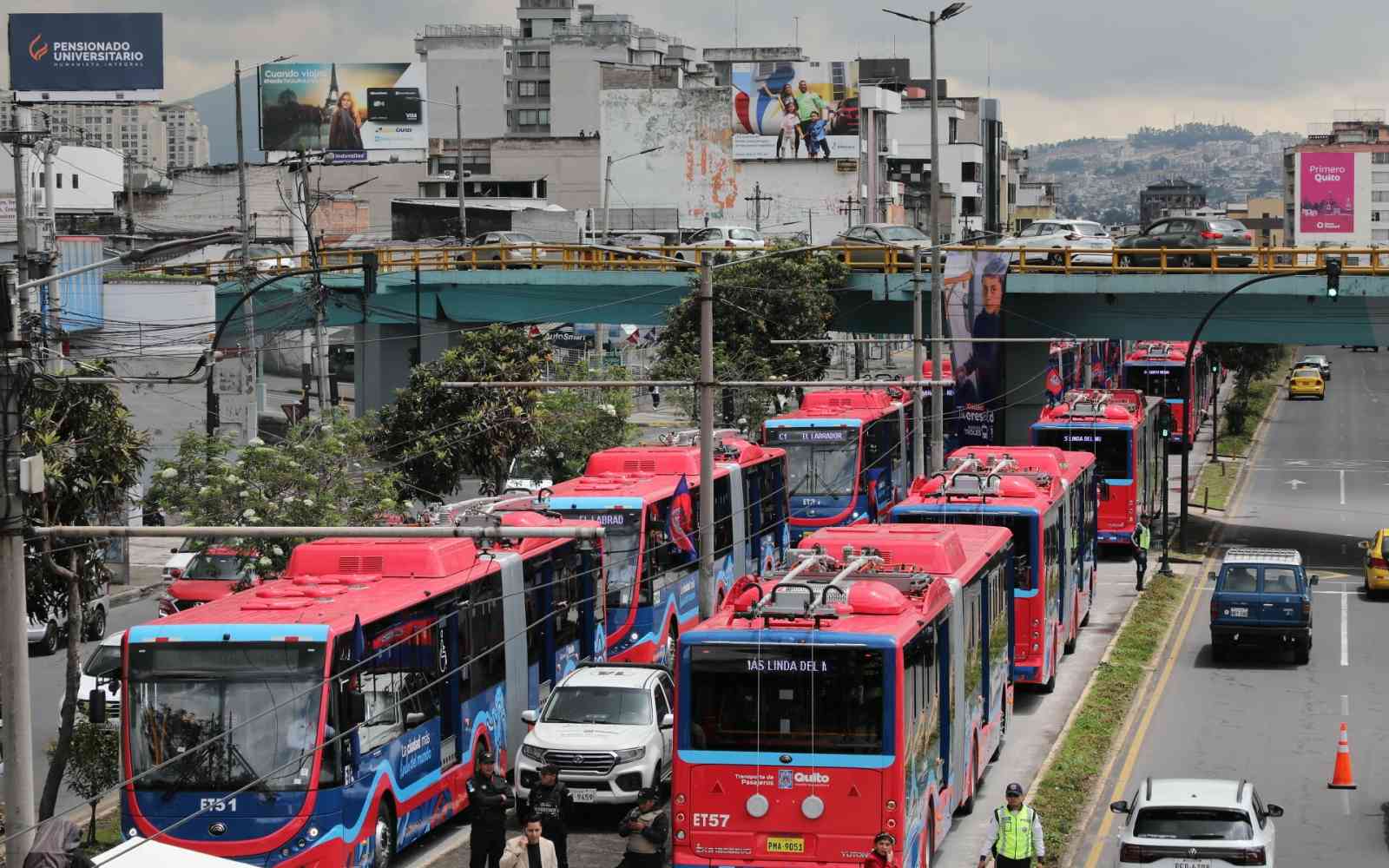The United Nations Office for Project Services (UNOPS)

How infrastructure defines our climate
A crucial part of the fight against climate change and global warming is often overlooked: The role of infrastructure.
Infrastructure: One of the greatest influencers of climate change
Climate change is happening now – we already see the consequences of a warmer planet. Decisions we take over the coming few years will determine how dramatic these consequences will become for our children.
What is not commonly recognized is that of the top 15 sectors where our society produces greenhouse gases, infrastructure systems play a direct role in nearly all of them. Only money, which is involved in every single sector, has a greater influence.
Of the top six sectors in this list, infrastructure systems have the single largest influence over three of them: Power plants, residential buildings and commercial buildings. Together, they account for more than one-third of global emissions (36.5%).
And of the remaining sectors, infrastructure systems contribute to the generation of significant levels of greenhouse gas emissions that are changing our climate.
In fact, infrastructure systems alone have direct influence on more than 90% of all man-made greenhouse gas emissions. This is why infrastructure systems are so important when exploring ways to combat climate change.
An evidence-based approach to infrastructure
Investing in infrastructure is a long-term commitment that is very difficult and expensive, if not impossible, to reverse. As a result, infrastructure investment decisions have major implications for the reduction of greenhouse gas emissions, both now and in the long term.
In emerging economies, major infrastructure investments can lock in the patterns of development for decades to come – and subsequently the related greenhouse gas emissions. For example, using an integrated approach to urban, regional and transportation planning in emerging economies can reduce urban sprawl and lessen the demand for and dependence on transportation methods that produce greenhouse gases. Simply building more highways as the sole response to growing car volumes will lock a country into a long-term high-greenhouse gas emission future.
The world is changing, are you?
One of the reasons we are now facing such an enormous challenge when it comes to climate change is exactly this lack of forward-looking, systems-thinking infrastructure planning in the past. For many decades, countries and cities have tried to solve a single infrastructure problem at a time, without thinking about how it impacts on – and is impacted by – others. In short, we perpetually try to fix the negative consequences of past inadequate solutions.
Continuing to follow the same models and approaches that have led us to this point – and yet expecting different results – will surely result in further disappointment.
Infrastructure exists and functions in a highly interdependent set of systems. For example, thermal electricity generation plants require water for cooling, while water reticulation systems require electricity to run the pumps that pressurize the system. In response to this, an ability to fully comprehend and model this interdependence is needed.1 By aligning this with design and investment in clean technology, we can effectively reduce the contribution that infrastructure systems make to global greenhouse gas emissions.
And perhaps most importantly: When considering any infrastructure investment, remember the decision you make today directly impacts the future of tomorrow's generations.
- 1 With the University of Oxford's Infrastructure Transitions Research Consortium, we are developing the world's first capability to model and understand infrastructure as interdependent systems. This will enable the effective planning and delivery of infrastructure through the Evidence-Based Infrastructure Development (EBID) Framework.
This is a critical time in human history. We face challenges and opportunities never seen before. We are the first generation that can end extreme poverty, and the last that can avert the threat of runaway climate change.
Rob Jones
Rob Jones is Head of Programme Delivery in the State of Palestine with UNOPS. Over the last 30 years, he has worked across the globe in the public post-conflict/disaster and commercial construction, infrastructure and security sectors.














